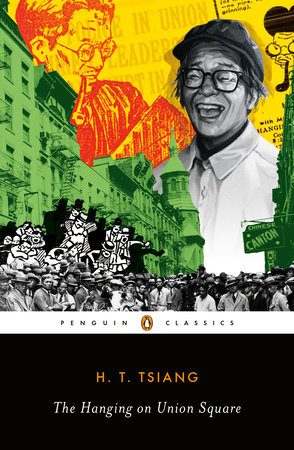What do you think?
Rate this book


240 pages, Paperback
First published January 1, 1935
“If I can’t straighten out a professor-back, how am I going to straighten out this crooked world?”
“That is great. Sounds heroic. Oh, gee!” commented Miss Digger jokingly.
“I’m sorry. I meant how are we going to straighten out this crooked world,” added Stubborn apologetically.
“That’s right! We . . . the people . . .” Mr. Wiseguy interrupted with his Oxford and Harvard accent.
“No, I mean we, the WORKERS, are going to straighten out this crooked world,” said Stubborn scientifically.
“Don’t you see I am a Socialist. Here is the New Leader, our paper.”
“No, I would not read that yellow sheet,” replied Stubborn, revolutionarily.
“That is the trouble with you Communists. You’re so fanatic!” said Mr. Wiseguy.